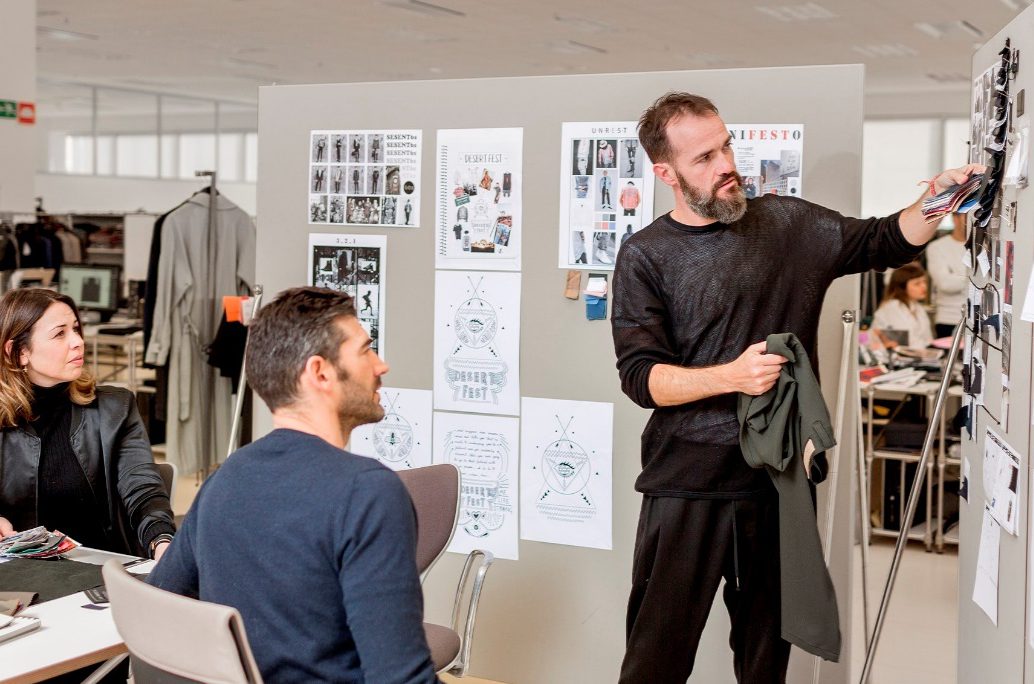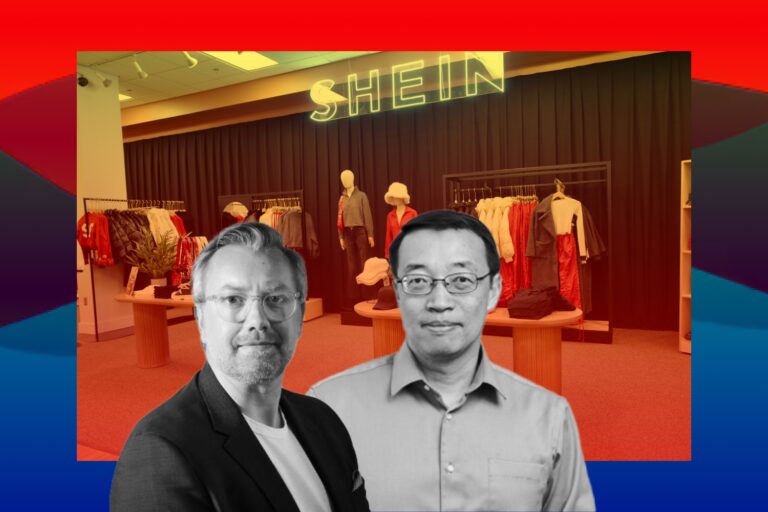H&M vs Zara: The “Art of Fast” in Fast-Fashion and Why Price Is Not Everything?
H&M, or Hennes & Mauritz, is an older brother. The discount retailer, known for its affordable prices, was founded in Sweden in 1947 and has, over the years, grown into one of the most recognizable brands in the fashion industry. H&M is publicly traded, both in its native Sweden and in the United States. It went public in Sweden in 1974.
H&M has expanded considerably over the last few years. It has 4,968 stores open worldwide, as of early 2019, far more physical stores than Zara and Uniqlo, by far. H&M’s infiltration into the U.S. market has also been more prolific than that of its competitors, with 578 stores open. H&M has stated plans to roll out thousands more in the next few years. At the same time, H&M has had to close select stores as many customers take their purchases online, reflecting the broader transition in the retail world from physical sales to a more eCommerce-based model.
In the other hand, Zara is a few decades younger, having begun in Spain in 1975. The company is owned by textile giant Inditex and is its flagship brand. Zara’s ownership of its supply-chain steps allows for more rapid product turnover; Zara can design a product and have it sold in stores a month later.
Zara boasts 2,200 stores in 96 countries. It currently has 87 stores open in the United States. Its strategy is to offer a higher number of available products than its competitors. While most clothing retailers manufacture and offer to the public for sale 2,000 to 4,000 different articles of clothing, Zara’s production has been markedly higher, at over 10,000 pieces produced per year. This unique feature of the company’s strategy has allowed Zara to appeal to a broader number of customers with unique tastes.
The Way It Runs That Create Differences? Which Regime Perform Better
H&M has not evolved beyond the 4Ps model of marketing – Product, Price, Promotion & Placement – while Zara is operating under the 4Es model in line with the expectations, wants and needs of today’s customers. For Zara, Experiences have replaced Product; Exchange is its Price; Evangelism is how it Promotes and Everyplace is where it’s at.
It Takes More Time for a New H&M Top to Arrive the Shelves Compare to Zara
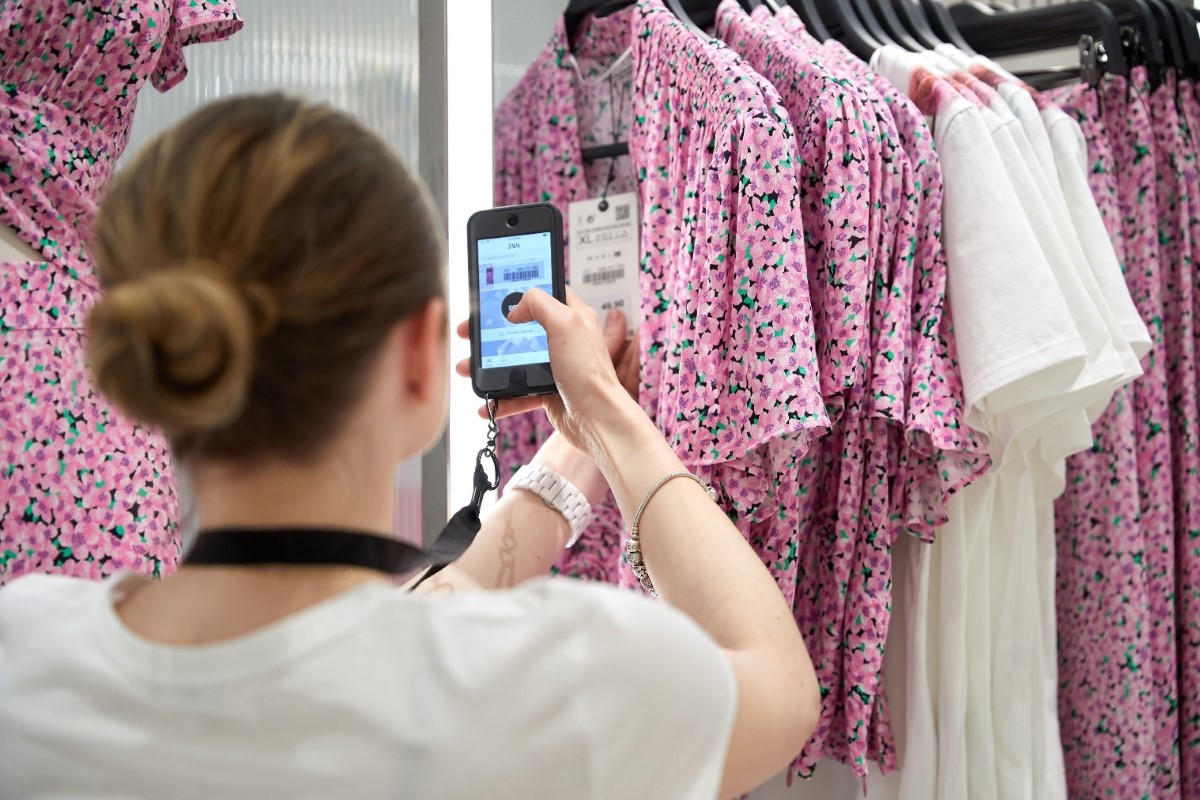
Their business model differs when it comes to purchasing strategy. H&M buys approximately 60% of its inventory from the Far East while Zara buys mainly locally from its home Spain or Morocco. Which means it has a longer leading time to provide stock on shelves hence individual orders are relatively bigger. And as a result, H&M is bearing many potential consequences.
It poses a risk that If collection is not appreciated by customers some part will have to be underpriced. It appears that H&M uses underpricing strategy widely, and even though a purchase price is lower in the Far East, H&M has similar level of gross profit (sales minus cost of goods sold) as Zara. One can conclude that H&M lose all competitive advantage they got buying cheaper in Bangladesh or Cambodia. Besides, when season ends and the clothes are not even sold when underpriced, they have to be written off. Of course, you cannot find information on material write-offs of inventory.
It’s also facing the fact that it simply has too much clothing in stock. H&M currently has over $4 billion worth of unsolved clothing, and it’s rolling out some big technological changes to better streamline its supply chain.
In the other hand, Zara is known for its art of distribution system. Brand strategist Martin Roll wrote in March that Zara limits how much of each product is made, controlling inventory, and creating artificial scarcity that drives up sales, in addition to offering more fashionable clothing. At the end of the last fiscal year, profits at Zara parent company Inditex were up 7%.
All automatic, Zara’s merchandise does not have to waste time waiting for human sorting. Its product centralization gives the company a competitive advantage by minimizing the lead-time of their goods when it comes to product distribution. This is cost-effective due to the close proximities of the distribution center in Arteixo and their factories in Coruna.
Zara’s strong distribution network enables the business to deliver goods to its European branches within 24 hours, and to the US just less than 40 hours. According to a recent study case of Professor Nelson Fraiman, the fast-fashion giant can get a product out from concept to shelf in just 15 days, while the industry standard is up to 6 months. With this “fast and furious” speed and a not-so-risky weight of orders, Zara is less likely to be caught up in massive inventory. Research shows that H&M average time to sell a product is 138 days whereas products of Zara sell faster, on average after 88 days (data for 2018). It may be because some of inventory does not rotate at all.
The Two Houses in the Price Competition- Lower Cost but Still Not Much Favorable
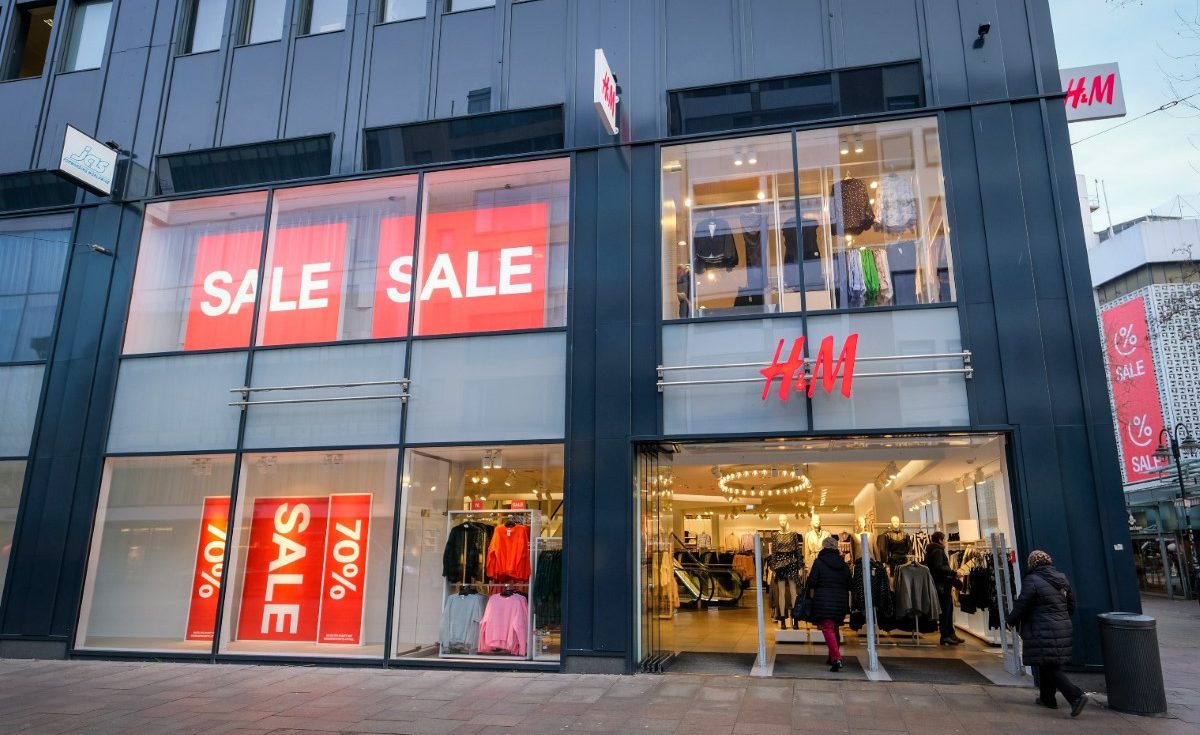
H&M has a bigger online offering, with currently over 4,000 more womenswear options than Zara. The pricing strategy at the two retailers varies dramatically. H&M’s women’s apparel pricing spans from $2.99 for a short camisole top to $349 for a cashmere-blend coat. Meanwhile, Zara’s pricing ranges from $5.90 for a cropped top to $219 for a belted coat. Although the cashmere coat pushes up H&M’s current exit price, its average price still comes in below Zara at $27.61 compared to $40.46. What’s telling is the price point which each invests in most. At H&M nearly half of the women’s offering sits in the $1-$20 bracket, whereas Zara’s most optioned price point is $20-$40, also representing 49% of their products.
The different pricing structures are visible when comparing two of the most competitive categories: womenswear tops and dresses. H&M’s most optioned price bracket in tops is $0-$20, whereas Zara’s is $20-40. With two distinct pricing categories for tops in the market, customer purchases will depend on product type, quality, and detailing. Analyzing the structuring around dress price points reveal both H&M and Zara give products priced $20-40 the most weighting at 55.2% and 37.1% respectively. H&M then favors lower price points and eases off on the $40-$60 and $60-$80 brackets, which Zara give equal weighting.
Besides, discounting strategy is one of the most defining differences between the two retailers. H&M currently have 21% of its entire online offering on discount, with 39% discounted between 50-60%. Zara, in contrast have 6% of its online offering discounted – a much subtler approach, and only 9% of the offering discounted by 50% or more.
However, despite all the hot deals still it offers. As of post-pandemic 2019, H&M’s brand value is approximately $15.9bn, a 16% drop from $19bn in 2018. And Zara is currently sitting at a brand value of $18.4bn. Apparently, lower prices could not make a thing to hold back customers, they are looking for more than just “hot deals”. Zara masters the art of branded value for their customers as they are not the cheapest in the fast fashion arena, but they consistently deliver branded value of trend-right product at affordable prices. H&M still thinks in terms of product-price.
Which Is More Involved and Directly Push Sales: Product or Experience?
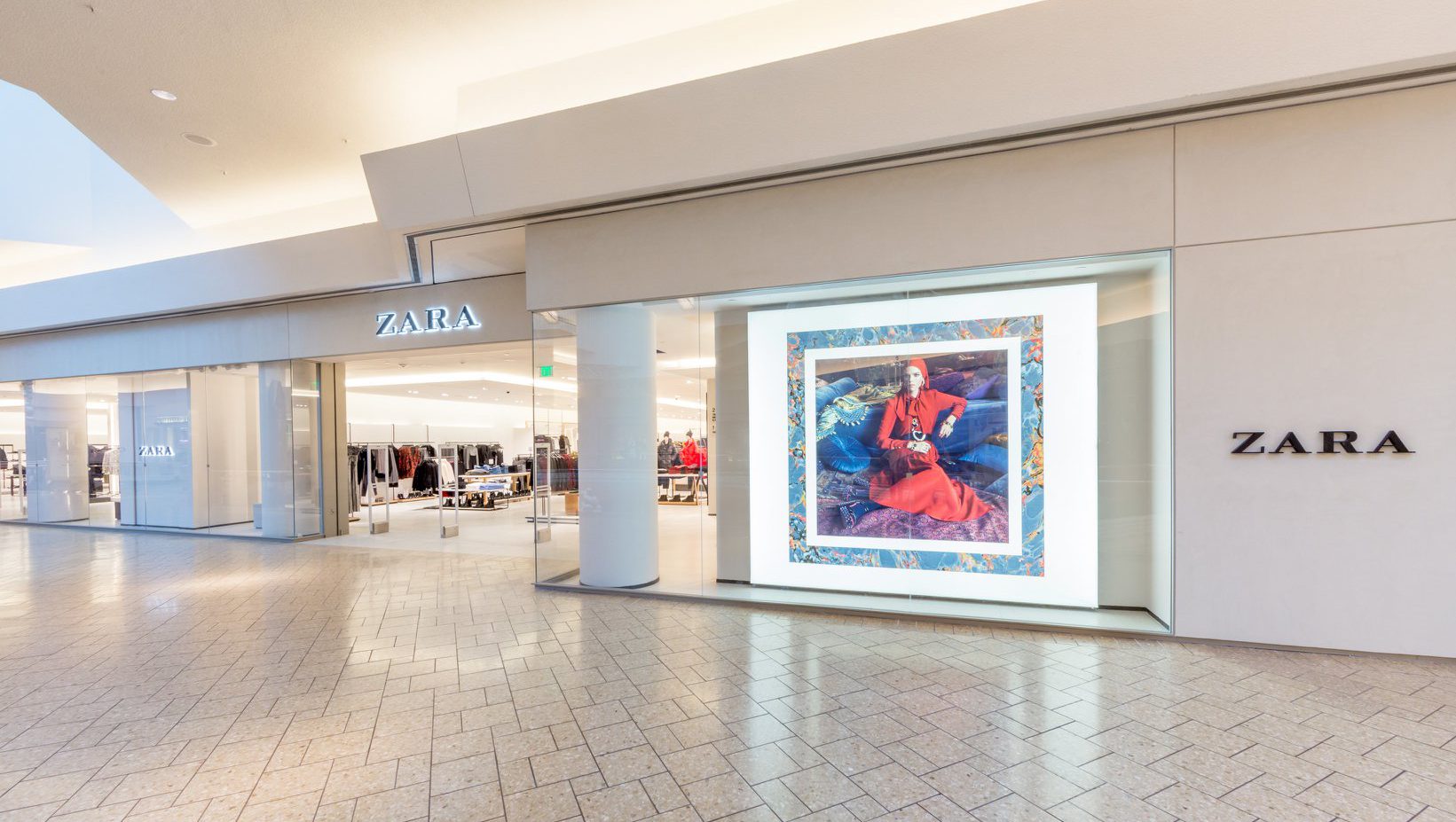
In the new retail economy, experience matters more than product in the mind of the shopper. H&M has an overabundance of product to worry about, including a reported stockpile of $4.3 billion of unexciting, uninspired, unsold inventory. All that unsold product clogging up the stores needs tending. They are a mess.
Zara, by contrast, understands that customers want to experience shopping, not just buy products. Zara is an excellent purveyor of product, but also capitalizes on the store experience by continuously offering reasons for customers to visit the stores and catch the hottest trends at affordable prices. Zara has created a loyal customer whose visit frequency is about six times per year, as compared to other retailers in the contemporary market of two-three times per year.
The fast fashion formula for success combines frictionless, expeditious shopping in a highly curated product environment offering scarce supply and new styles that rotate rapidly. The more quickly and efficiently a customer can navigate through the store to explore and find hidden gems, the better the experience. And Zara has nailed it!
Unique “Art of Fast” in Zara As the Reason for Its Triumph
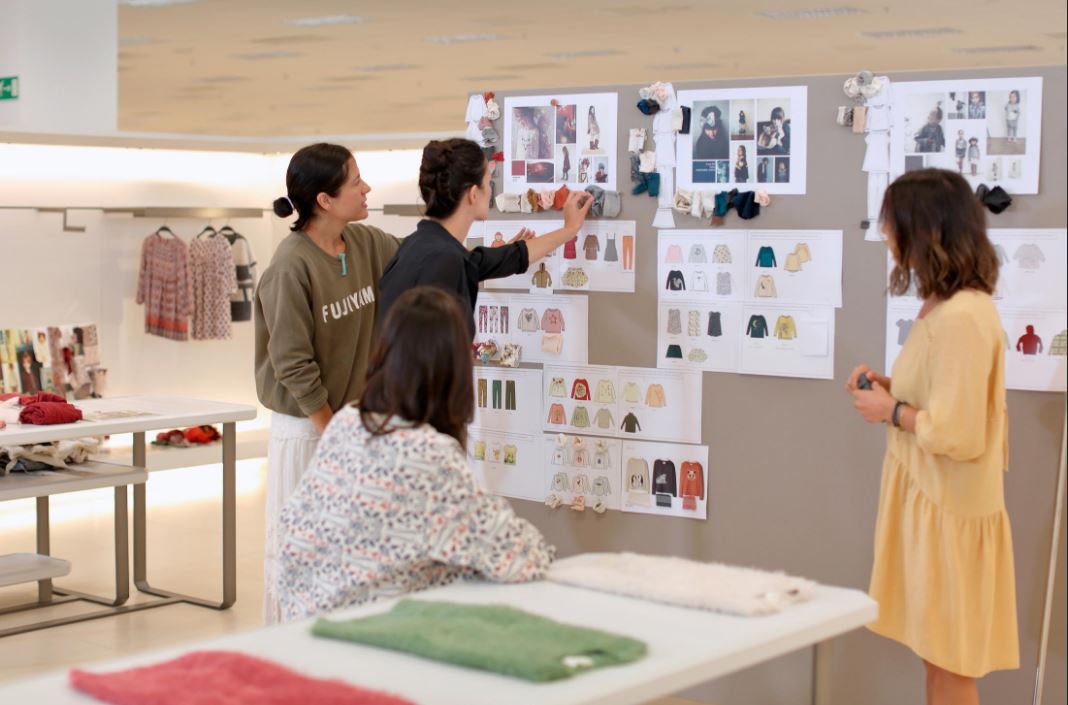
The core of Zara’s fast-fashion innovation is its super-agility and the way it reconfigured the conventional supply chain. Rather than starting with designers making all the main design decisions, followed by sourcing and production, delivering products to stores and hoping they match demand, Zara changed the sequence. It begins by looking at market signals, such as what sells at stores and trade shows. These inputs are fed to the designers, who design in response, before sourcing and production decisions are made.
The agile supply chain requires innovations end-to-end. At one end, the design process uses the supply chain postponement principle, or late point differentiation. Unlike rivals such as Gap, H&M or Primark, Zara has no chief designer. Hundreds of designers act in a decentralized decision-making fashion, following market signals to shape products. A skeleton-like design is created, which is used to begin sourcing materials, but this is not finalized until much later. Only when up-to-the-minute market information arrives do the designers fix details, using materials ordered or available.
Final commitments to materials are delayed until the best and latest market signals are available. Supply agility also requires quick-response manufacturing. Zara long depended on contract manufacturers — most working exclusively for the brand — in the La Coruña region in north-west Spain, where it has its headquarters. In 2002, La Coruña constituted 60 percent of Zara’s manufacturing base. Besides the benefits of proximity to design centers, the contractors were skilled, flexible and could produce in small batches. This made the company responsive, matching supply with demand in a lean way.
The Bottom Lines
Decades behind in the business, yet Zara has managed to surpass H&M with many of its killing tactics. For now, H&M is still ruling its own region but to look at the far future, the brand needs new business schemes or else it is another “Forever 21” we are expecting!
Besides, after the pandemic, as changes in trend are visible, the coming years might be tight for fast-fashion business. WSJ reported Zara’s app use and H&M’s app downloads both fell 14% in the U.S. markets. Groceries and staple items are top priorities for consumers today, so discretionary spending has been held back. Also weighing on consumers’ minds is the uncertainty of employment and a possible recession which means fast fashion may take a back seat for the near future. The fast fashion industry has been suffering from declining profitability and will be further challenged with added markdowns and excess inventory in 2020.

